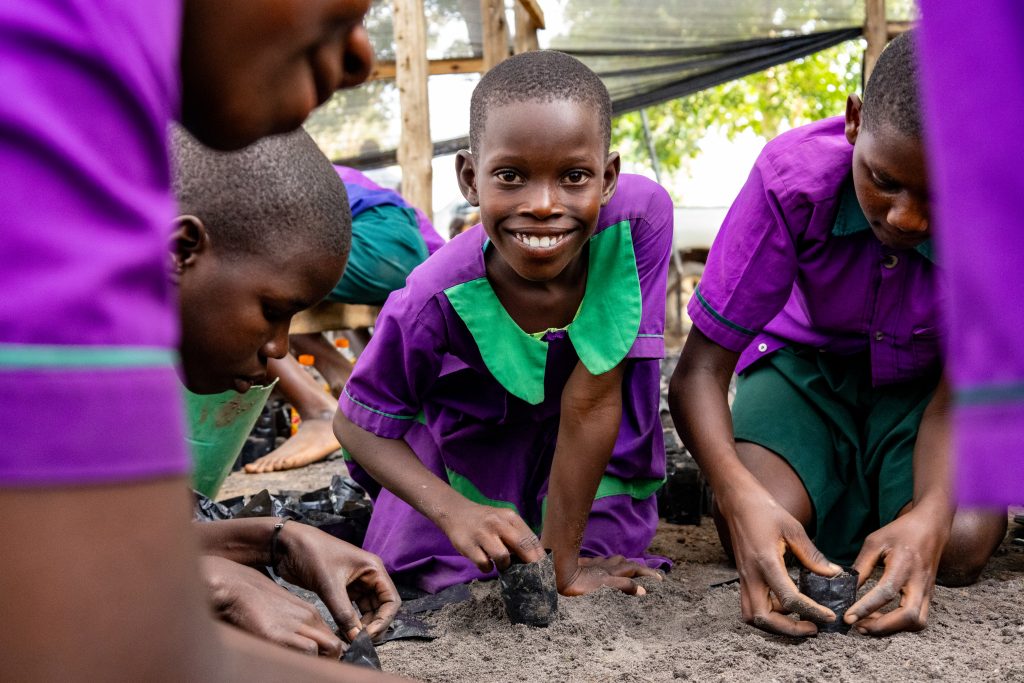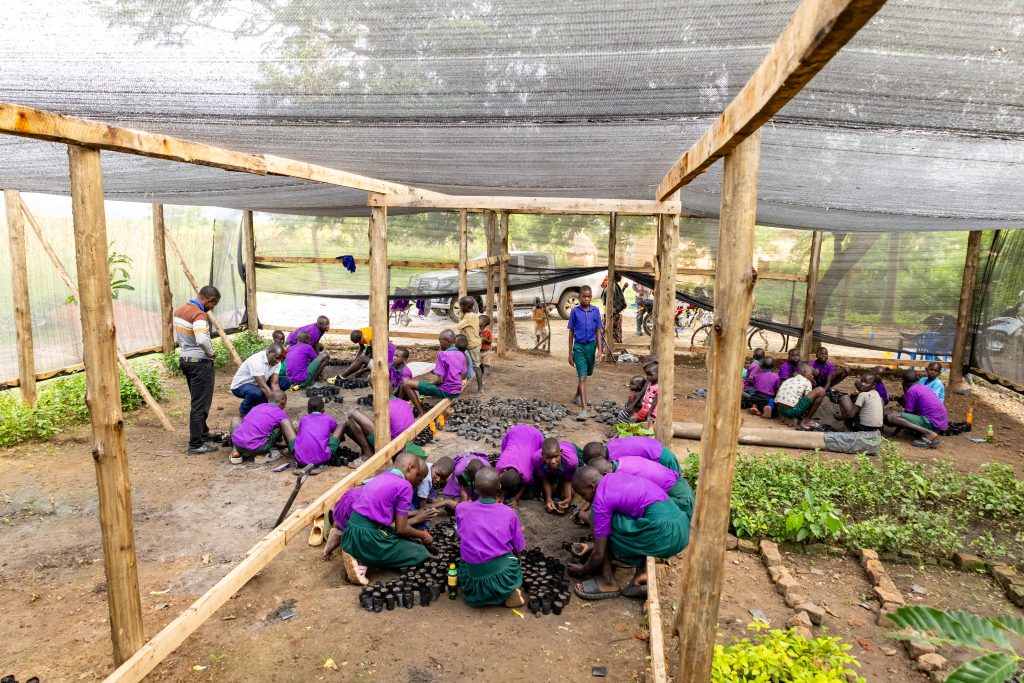The fight in Kaberamaido District isn’t unique; it mirrors the climate struggle unfolding across all of Uganda. The nation faces immediate, serious environmental challenges. As Victor Rex Ekesu, the LCV Chairperson Kaberamaido District explained, there’s an urgent need “to protect, to restore, and to care for the environment”.
For many Ugandans, tough choices have damaged the land. In Kaberamaido, from 2001 to 2003, the charcoal economy—the “black economy”—caused “devastating decimation of the region’s tree cover”. This pressure, combined with population growth, has left Uganda highly vulnerable. Recent research confirms the danger, showing that Uganda now sees more frequent and intense extreme weather, including long droughts and destructive floods. These events directly threaten farming, water, and food security for millions of people across Africa.

A New Generation Takes Charge
Seeing this rapid decline, groups like Share An Opportunity Uganda (SAO-U) stepped in to build resilience from the ground up. Their work in Kaberamaido shows a growing national trend: making grassroots action the foundation of climate solutions.
SAO Uganda began by organizing the community, bringing together local council leaders and citizens for urgent talks. These meetings went all the way up to the district’s top politicians to find “an appropriate way forward”.
The most vital part of SAO Uganda’s strategy, supported by a Climate Accelerator Grant, was investing in the future: empowering young people. The goal was simple: “to introduce children and youth to climate actions,” as said by Emmanuel Sakira, National Director SAO Uganda, making them active owners of their environmental destiny. A key step was persuading political leaders to free up land for children and youth to use for tree growing.
More Than Just Planting
The team started growing resilient tree species, including valuable Teak (Teona grandis) and the native Eminti (Makamea), which is great for farming land, timber, and sustainable firewood.
However, the bigger task was changing people’s thinking. They had to teach the difference between “tree planting” and “tree growing.”
“Tree planting is like you just put trees to the wild to take care, and it goes on to be forgotten,” often wasting the effort through fires and neglect.
“Growing is tending the tree,” treating it like “a child… which has to be weeded… and looked after very carefully,” explained Matheus Magambo, Natural Resources Officer, Kaberamaido District.
This new focus on careful care highlighted that environmental repair needs ongoing commitment, not just a single effort.
The community response was incredible, especially from the young. Children’s clubs and youth groups eagerly joined in the work of transplanting seedlings (“porting”). This hands-on training ensures that the “skills and knowledge in the craft of tree seedling production… are secured” for the next generation.

Cultivating a Sustainable Future
The results are promising: over 3,500 seedlings have been successfully raised, and demand from families wanting to plant trees is booming. This local success helps Uganda’s national goal of boosting forest cover, which is critical for fighting climate change.
Leaders understand that the nation’s “survival will depend on how hard we work in fostering among others environmental care,” stressing that this work must be built into education. These initiatives directly help communities dealing with “a lack of cooking materials and unpredictable cultivation seasons due to chaos in the climate”.
Thanks to crucial partners, like Transform Aid International, these efforts are “touching the livelihoods of the people,” providing real hope. The teamwork in Kaberamaido proves that community-led action is the most powerful tool against climate change, promising a future that is “brighter and brighter for the children of Uganda and Africa as a whole”.


Leave a Reply